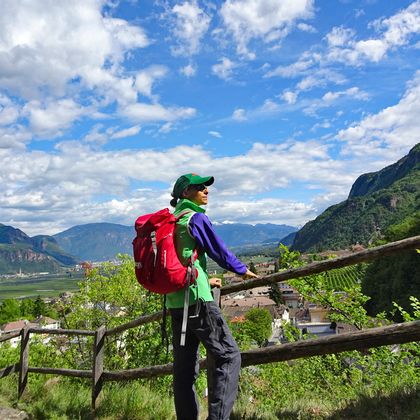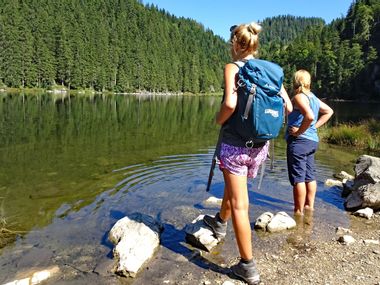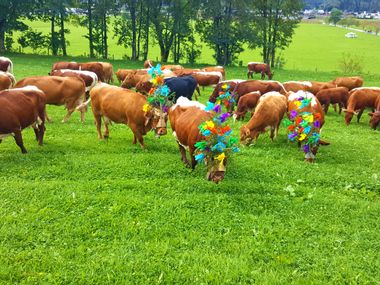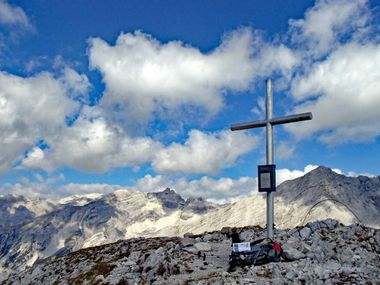The gentle natural sport of hiking has developed into one of the most popular forms of exercise using your own physical strength in recent years. Numerous mountain lovers hungry for exercise are drawn to higher regions to enjoy the fresh air and a wonderfully healthy experience for body and mind. But as the number of hikers increases, so does the wear and tear on the paths and the impact on nature.
This is why it is so important to pay attention to some basic rules while hiking, so as not to place a burden on nature at the same time as we enjoy an active break in the open air. Whether a herd of cows on the hiking trail, throwing fruit residue into the bush or the right behaviour on the mountain: every hiker is a guest in the beautiful natural landscape and should know the etiquette and important rules of conduct.
We have summarised some of the most important rules for hikers, which ensure your own safety, the protection of nature and a good spirit of cooperation.







